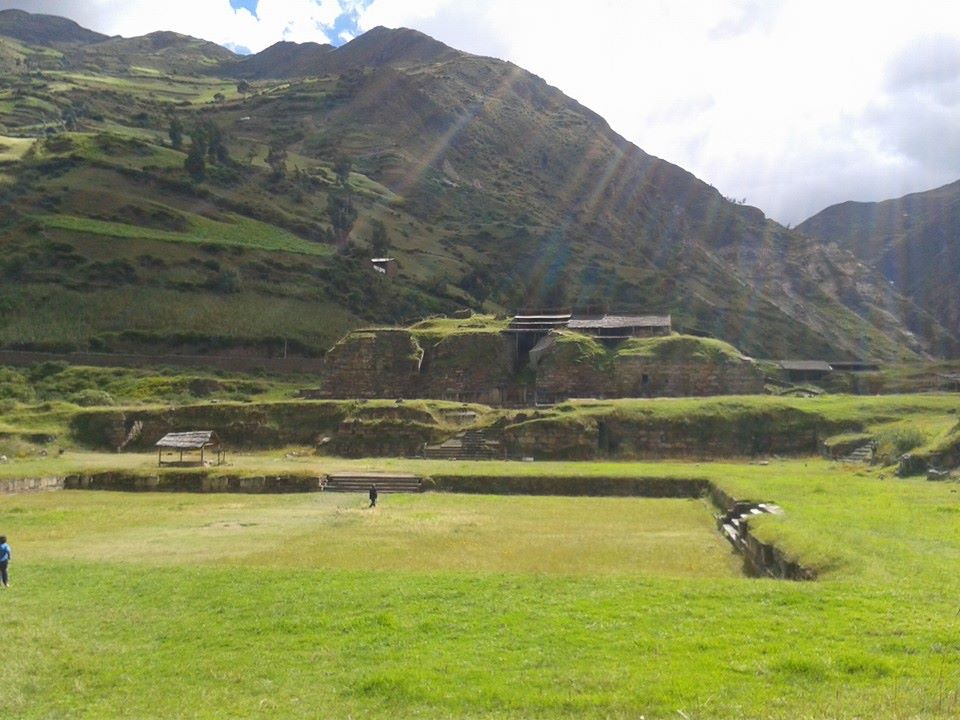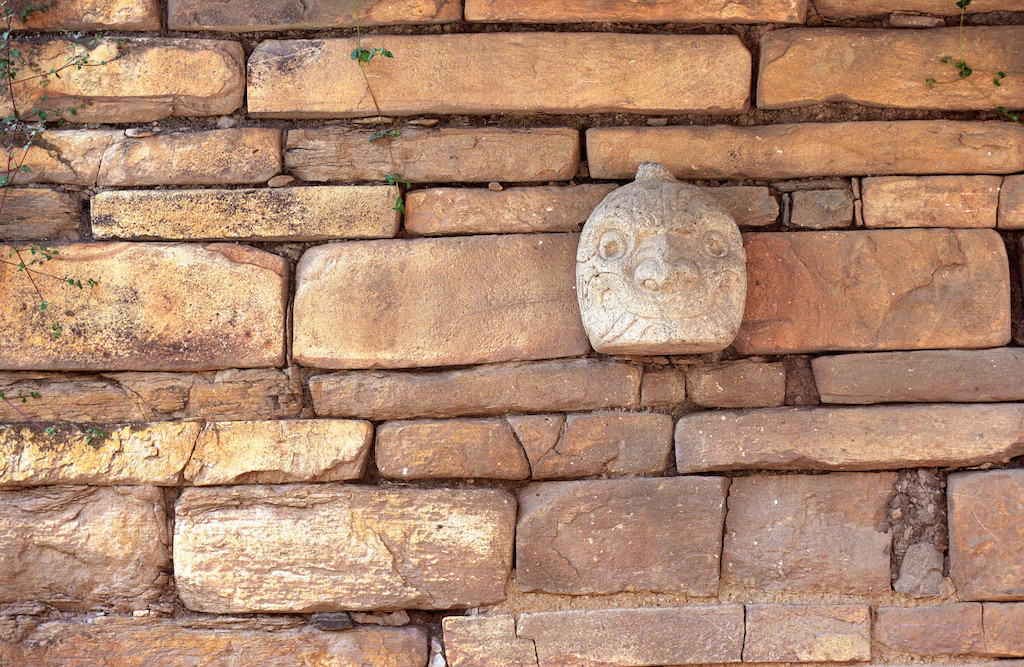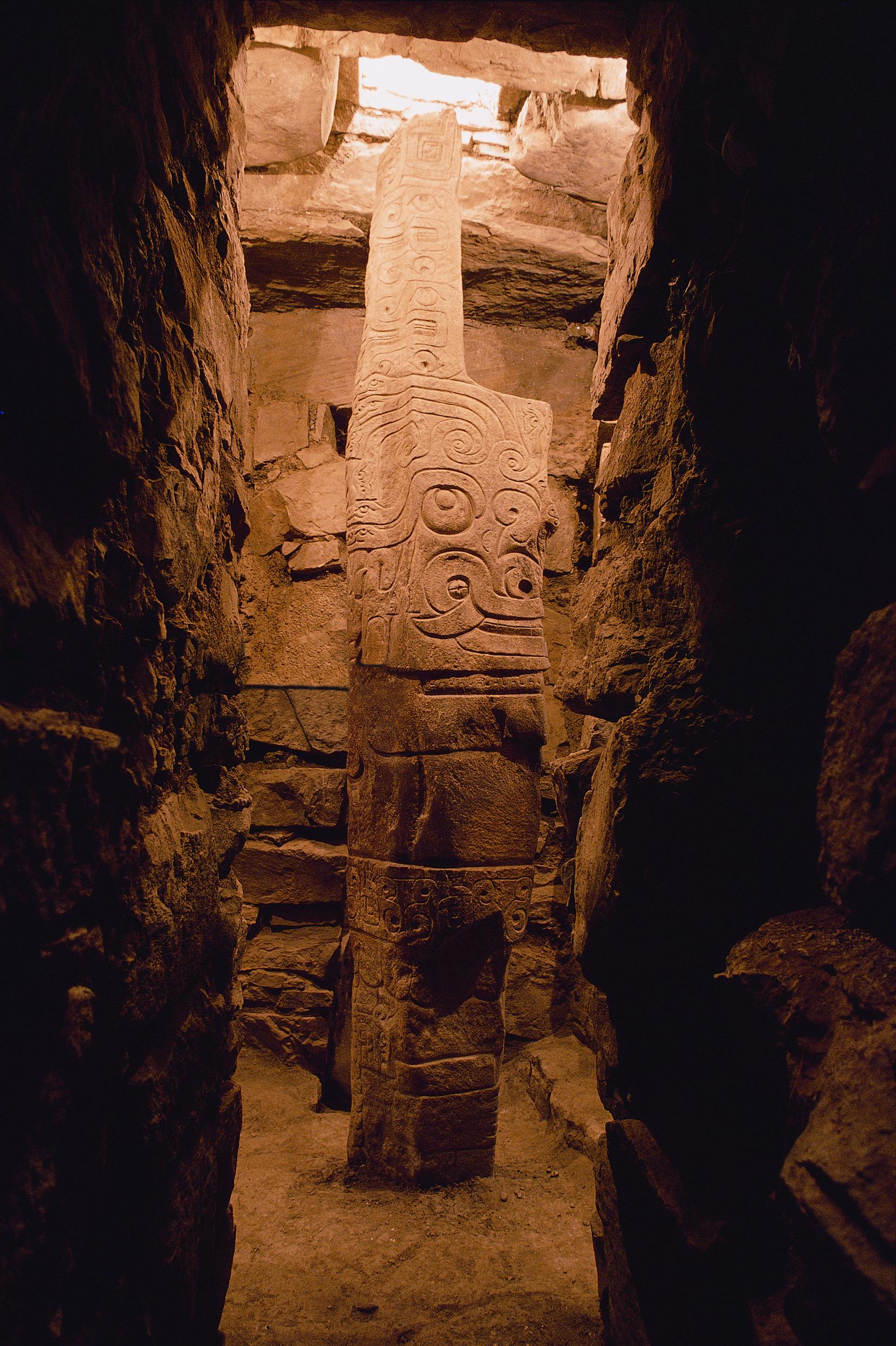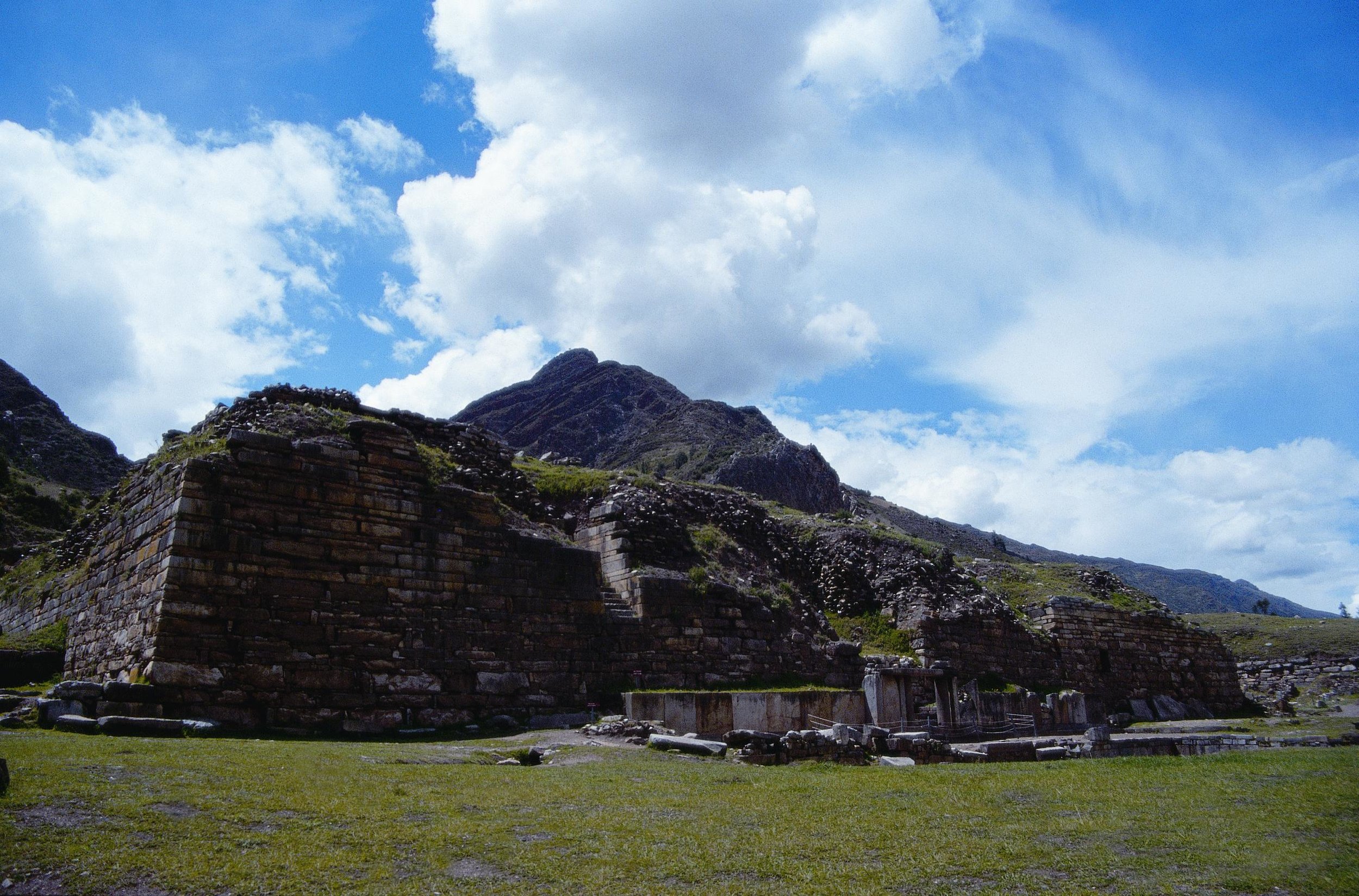A Guide To Chavin de Huantar
Chavin de Huantar is the largest ruin from the Chavin culture in Peru, and became a UNESCO World Heritage Site in 1985. It lies on the outskirts of the village of Chavin, at 3,140m (10,302 feet).
It is a 2.5 hour, 106 km (66 mile) drive from Huaraz - or a three-day hike - across the Cordillera Blanca.
The Chavin is a mid-Andean culture which emerged around 1200 B.C., lasted a thousand years, and was known for its highly-stylised stonework depicting feline deities such as jaguars and pumas, and less important serpents, condors, and human figures.
The Chavin artistry influenced much of central Peru, from the highlands to the coast, in what archaeologists term the Early Horizon.
The main features of the site are a large, three-tiered temple, fronted by a huge courtyard. A landslide in 1945 buried the courtyard and lower temple. Excavation has revealed elaborate and advanced drainage systems in the courtyard, and superbly-engineered passages and ventilation ducts inside the temple, named the Castillo (castle).
The Lanzon de Chavin stele.
At one time, puma head-shaped keystones on the temple walls gazed out into the surroundings; now, only one remains on its walls. The rest are stacked up inside the temple, in the on-site museum, or museums elsewhere.
The most remarkable feature is the Lanzón de Chavín, a slender, 4.5 m (15 foot) high, intricately-carved stele (upright stone slab, often serving as a gravestone) standing in the midst of tortuous, underground passageways within the Castillo. (Two other stelae from Chavin are now in Lima’s Museo de la Nación.)
How to visit Chavin de Huantar:
A day trip to Chavin from Huaraz is included in PeruNorth’s Huaraz Cultural 3D / 4D / 5D itinerary.
And a visit to Chavin is a feature of two treks:
Final destination of the Olleros Trek 3D, before driving back to Huaraz.
Included on the Qhapaq Ñan 7D hike, on the way to the trek starting point.
What our clients say about Chavin de Huantar:
“We enjoyed ... Chavin de Huantar for the remarkable way the ceremonial area had been built above a network of tunnels and water channels to create sound effects to awe the worshippers. ”







